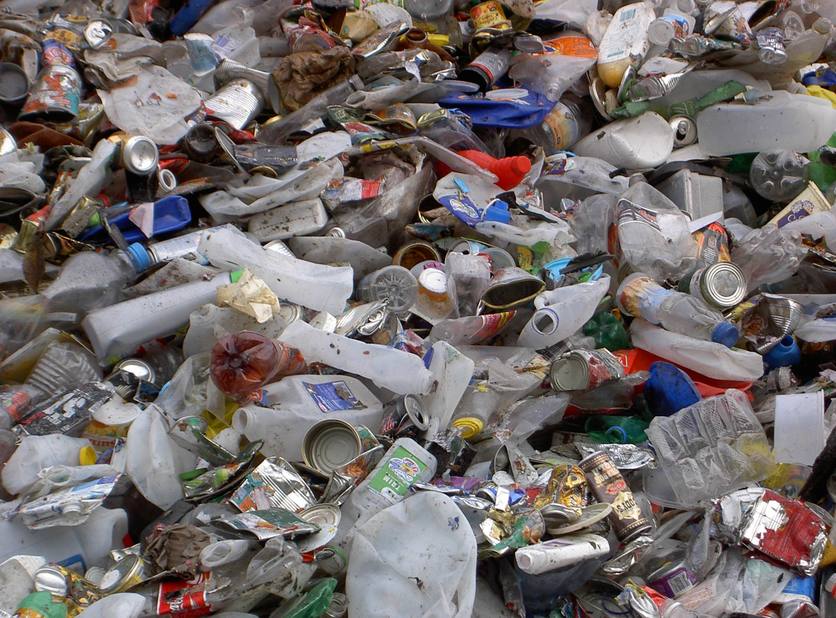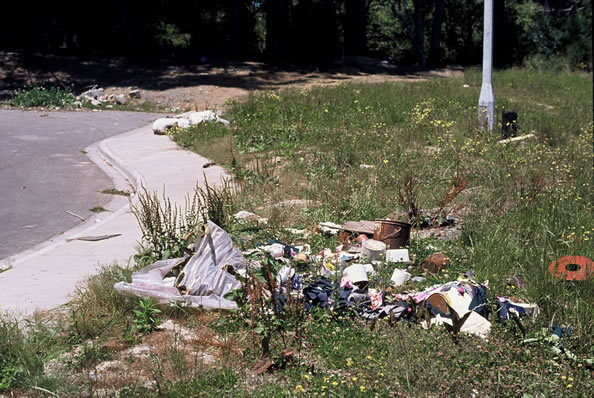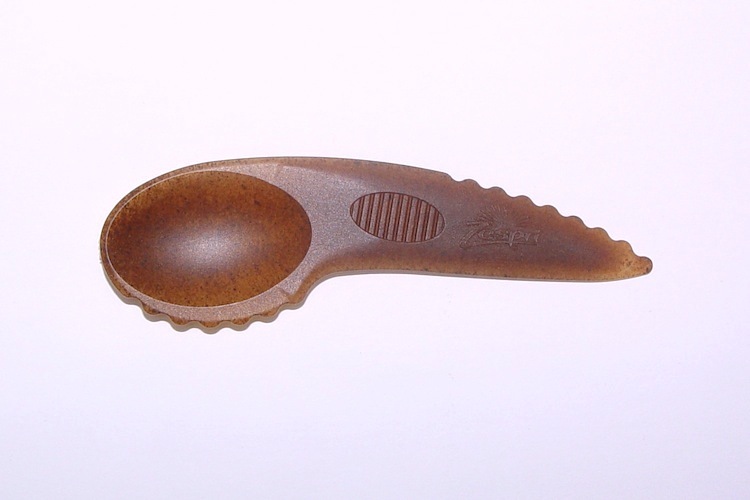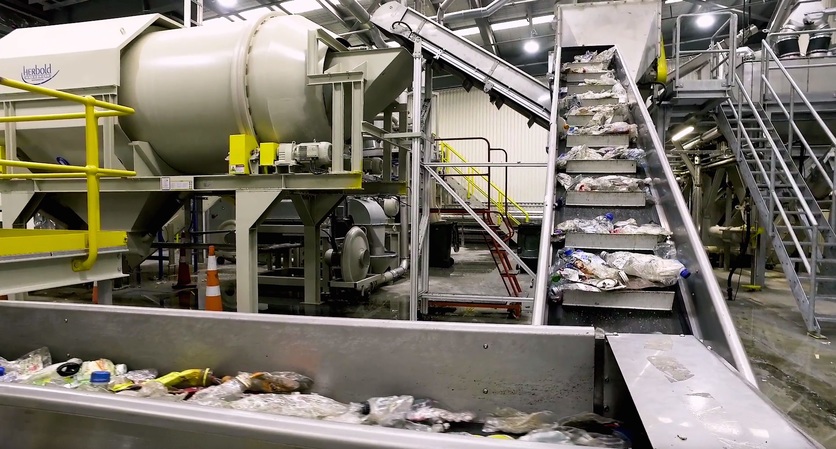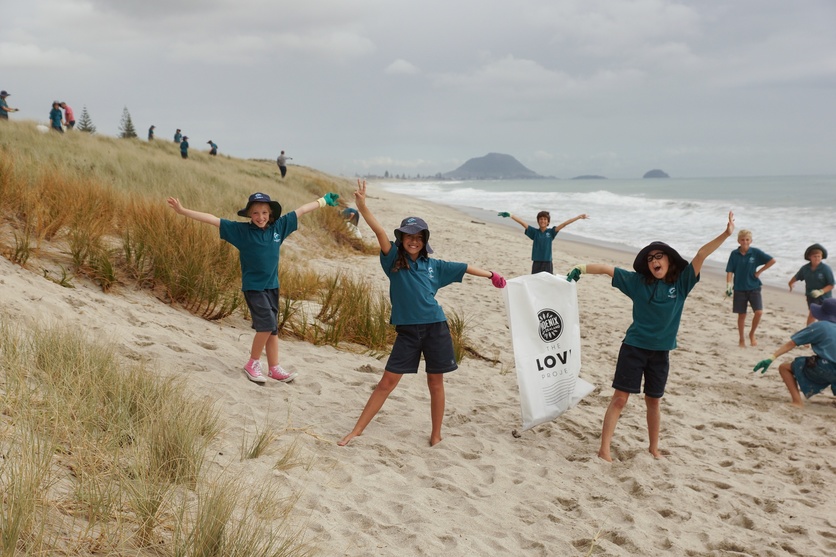Below are links to Science Learning Hub resources for primary teachers related to recycling and biodegradability in the Material World strand of the New Zealand Curriculum.
Recycling and biodegradability are favourite topics from the Material World strand of the curriculum for primary teachers. Here are some helpful resources from the Hub.
- The issue of waste
- Modern landfill systems
- Biodegradability, recycling and reuse
- Plastic recycling
- Online citizen science
The issue of waste
New Zealand generates almost 3.2 million tonnes of waste that is buried in landfill sites. Waste disposed of in this way is an inefficient use of resources, as much of the waste could have been separated and reused, recycled or turned into compost.
- Building Science Concepts: Rubbish – article
- Rubbish: how do we deal with it? – image map interactive
- Kuputaka Māori mo para (te reo Māori words associated with rubbish and recycling) – Word download
- Waste classification table – Word download
- Waste management – Article
- Oceans of rubbish – Article
- Household waste – Image
Modern landfill systems
The way we dispose of wastes in New Zealand has changed dramatically over the last few decades. We have moved from literal dumps and tips to complex landfill systems. The following activities cover engineering practices, a timeline of rubbish disposal, waste management and minimisation in our local environments.
- Structure of landfills – Article
- Looking at modern landfill systems – Activity
- Label the landfill – Activity
- Modern landfill system – Interactive
- Thinking about landfills – Activity
Biodegradability, recycling and reuse
A biodegradable object is one that will break down quickly and safely into harmless compounds by using the action of microorganisms. Composting is another name for biodegrading.
- Biodegradability – Article
- Biodegradability, compostability and bioplastics – Article
- Measuring biodegradability – Article
- Biodegradability experiment – Activity
- Soil means life – Article
- Observing soil microbes (composting) – Activity
- Potato plates – This introductory article links to articles, media and student activities.
- Testing the degradability of potato plates – Activity
- Bioplastics – Article
- The ZESPRI biospife – Article
- Climate action – Article
- Skateboards made out of harakeke? – Article
- Seagull Centre – reducing, reusing and recycling – Article
When you can make plastics that have an environmental benefit or don’t use fossil fuels, that gives me an extra drive and a passion to develop an end product.
Dr Martin Markotsis
- Waste – a growing challenge! – Article, level 1–4 resources on waste and recycling
Plastic
There are exciting new developments in plastic waste recycling in New Zealand, find out more.
- Plastics and recycling – Article
- Flight Plastics recycling technology – Article
- DIY plastic recycling plant – Activity
- Plastic – reuse, recycle or rubbish game – Activity
- What happens to our plastic bottles? – Activity
- Determining the properties of plastic and glass – Activity
Plastic is a wicked problem. It’s incredibly useful, but it’s also a huge environmental issue. A helpful resource is Thinking about plastic – planning pathways which includes our interactive planning pathway – use this to begin a cross-curricular look at plastics.
New Zealand science organisations Royal Society Te Apārangi and the Office of the Prime Minister’s Chief Science Advisor have created reports and resources to help us rethink plastic, included is an interactive timeline giving a short history plastic – innovations and some of the impacts.
Online citizen science
Citizen scientists are volunteers who contribute to scientific projects, usually by collecting or analysing data.
Discover how teacher Dianne Christenson used the online citizen science project The Plastic Tide to help develop students’ science capabilities in a unit on sustainability in this case study and unit plan.
Current citizen science projects you could participate in with your students:
- Litter Intelligence – New Zealand based
- Backyard Battle – New Zealand-based project
- Mizuiku Upstream Battle – New Zealand-based project
- Litterati – international project
Useful link
Use the Building Science Concepts Book 61 Recycling: New Uses for Rubbish to further support the understanding that materials can be classified by their properties.
